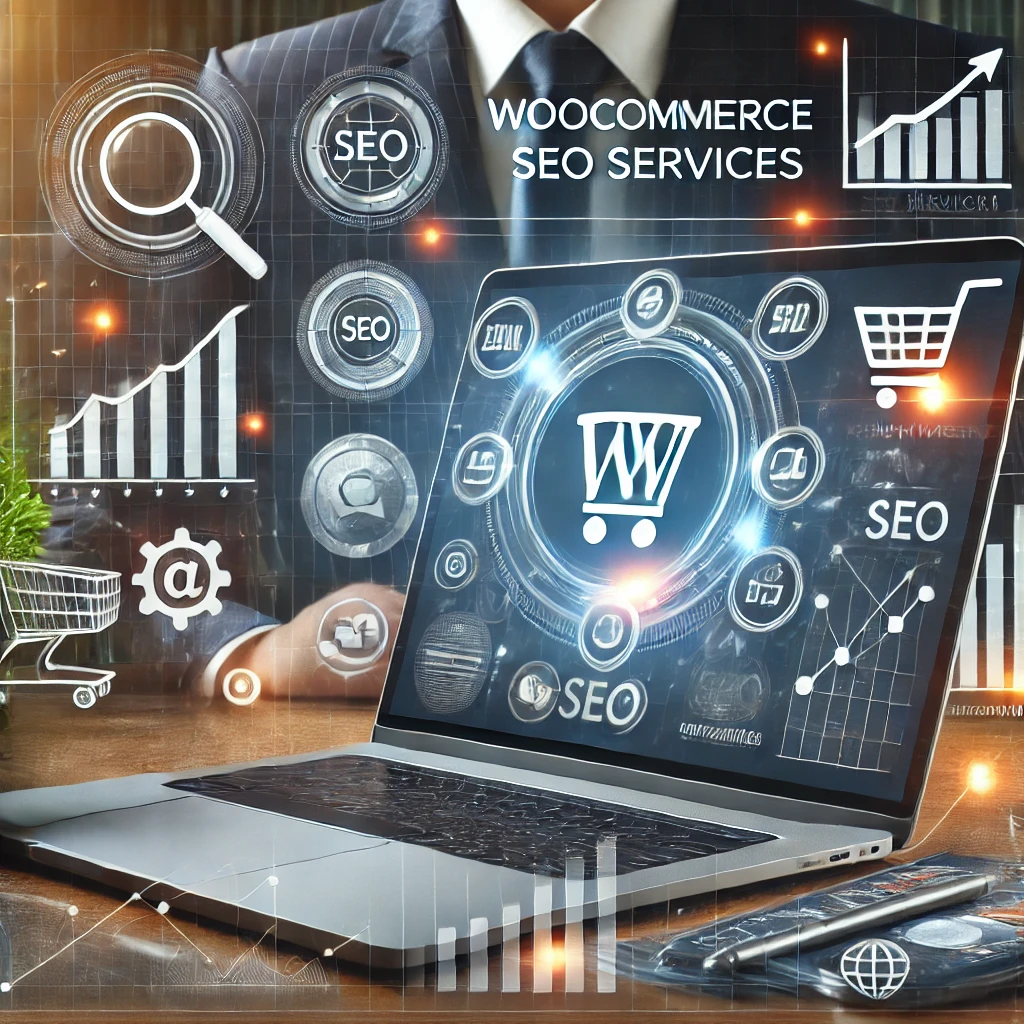WooCommerce, the leading eCommerce plugin for WordPress, powers millions of online stores worldwide. As an eCommerce store owner, you want your store to be visible to potential customers, and one of the best ways to achieve that is through search engine optimization (SEO). Optimizing your WooCommerce store for search engines will improve its rankings in search results, increase organic traffic, and ultimately boost sales. While SEO might seem complex, there are several straightforward techniques you can implement today to improve your store’s visibility.
Here are some simple WooCommerce SEO tips that you can do right now:
1. Choose a Clean, SEO-Friendly Theme
The foundation of your website is crucial for both user experience and SEO. Choose a theme that is lightweight, fast-loading, and SEO-friendly. A theme that adheres to proper coding standards and has a clean structure ensures search engines can easily crawl your site. WooCommerce-compatible themes such as Astra, GeneratePress, and OceanWP are designed with speed and SEO in mind. These themes often come with features like schema markup support, clean code, and mobile responsiveness all factors that impact SEO.
2. Optimize Product Pages with Descriptive Titles and Meta Descriptions
Product titles and meta descriptions play a vital role in SEO. Each product in your WooCommerce store should have a clear, concise title that includes relevant keywords. However, avoid keyword stuffing. Aim for natural-sounding titles that both humans and search engines can understand.
For example:
- Not SEO optimized: “Shoes”
- SEO optimized: “Men’s Running Shoes – Lightweight & Comfortable for Outdoor Activities”
Additionally, write unique meta descriptions for each product. The meta description is the short snippet that appears under your page title in search results. This is an opportunity to provide a compelling reason for users to click on your product page. Include relevant keywords here, but also make it enticing.
3. Use Proper Heading Tags (H1, H2, H3, etc.)
Using heading tags (H1, H2, H3) appropriately helps both search engines and users understand the structure of your page. WooCommerce automatically uses the product name as the H1 tag, which is excellent for SEO. However, you should also use additional heading tags to structure your product descriptions, reviews, and other content.
For instance:
- H2: Product Features
- H3: Comfortable Design
- H3: Available Sizes
This hierarchical structure enhances readability for users and allows search engines to better understand your content.
4. Optimize Product Images for Faster Loading
Images are a critical part of an online store, but they can also slow down your website if they aren’t optimized. Slow-loading websites negatively affect user experience and SEO rankings. Use image compression tools (such as TinyPNG or ShortPixel) to reduce file sizes without losing quality. Also, ensure that your images are properly named using descriptive keywords, such as “red-wool-scarf.jpg” rather than “IMG_1234.jpg.”
Additionally, always add alt text to your images. Alt text is a description of the image, which helps search engines understand its content. It’s also essential for accessibility, ensuring visually impaired users can understand what the image depicts.
5. Implement Schema Markup for Rich Snippets
Schema markup is a type of code that you add to your website to help search engines understand your content better. For WooCommerce, this means adding structured data to your product pages, which can enhance your search results with rich snippets. These snippets can include reviews, ratings, price information, and availability.
For example, if you have a product with customer reviews, schema markup could display the product rating directly in the search results, making it more eye-catching and likely to increase clicks.
There are plugins like Schema Pro or Yoast SEO that can automatically generate schema markup for WooCommerce products.
6. Leverage Internal Linking
Internal linking refers to linking to other pages within your WooCommerce site. This practice helps spread link equity (SEO value) throughout your website and makes it easier for users and search engines to navigate your site. On product pages, link to related products, categories, and blog posts that provide additional value.
For instance, if you sell running shoes, you can link to related accessories such as socks, water bottles, or running apparel. This not only helps with SEO but also improves the user experience, encouraging customers to explore more products.
7. Create High-Quality Content Around Products
SEO is not just about optimizing product pages it’s also about creating valuable content that helps both users and search engines. One way to do this is by writing blog posts, guides, or how-to related to the products you sell.
For example, if you sell skincare products, you could create content about skincare routines, tips for different skin types, or the benefits of specific ingredients. This type of content can attract organic traffic from people searching for related topics and can help position your store as an authority in your niche.
Make sure to optimize these blog posts with relevant keywords, internal links, and external links to high-authority sources. Over time, these pages can help your website rank for long-tail keywords and boost traffic to your store.
8. Enable User Reviews and Ratings
User reviews and ratings not only provide social proof but also have SEO benefits. Product reviews help create unique, user-generated content that search engines can index. The more reviews you accumulate, the more content search engines have to work with.
Encourage your customers to leave reviews after purchasing by sending a follow-up email or offering small incentives like discount codes. Ensure that reviews are displayed in a user-friendly manner and are indexed by search engines.
9. Optimize for Mobile Users
With mobile usage accounting for a significant portion of eCommerce sales, optimizing your WooCommerce store for mobile is non-negotiable. Google’s mobile-first indexing means that the mobile version of your website is the one that gets crawled and indexed first.
Make sure that your theme is responsive and that your product pages look great on mobile devices. Test your store’s mobile performance using tools like Google’s Mobile-Friendly Test. A mobile-optimized site is crucial not only for SEO but also for enhancing the customer experience and increasing conversion rates.
10. Set Up SEO-Friendly Permalinks
WooCommerce generates URLs that are often long and filled with unnecessary characters. An SEO-friendly URL is short, descriptive, and contains relevant keywords. You can customize your product URLs from the WooCommerce settings. Instead of a URL like https://yourstore.com/product/?id=1234, opt for something like https://yourstore.com/product/mens-running-shoes.
To make this change, go to Settings > Permalinks in WordPress, and choose the “Post Name” option for better SEO performance.
11. Use an SEO Plugin for WooCommerce
One of the easiest ways to handle SEO on your WooCommerce store is by using a plugin designed specifically for SEO. Popular plugins like Yoast SEO or Rank Math offer robust features tailored for eCommerce sites. These plugins allow you to optimize your meta tags, product pages, sitemaps, and more, all without needing to touch any code.
They also provide real-time feedback on the SEO of your content, guiding you to make the right adjustments for better rankings.
12. Build Backlinks
Backlinks, or inbound links, are links from other websites to your WooCommerce store. They act as “votes of confidence” for your site and can improve your authority and rankings. You can build backlinks by guest posting on relevant blogs, reaching out to influencers, or participating in industry forums and communities. Backlinks from reputable sources can significantly impact your search engine visibility.
Conclusion
By following these simple WooCommerce SEO Services tips, you can improve your store’s search engine visibility, drive more organic traffic, and increase your chances of converting visitors into customers. SEO is an ongoing process, and the more effort you put into optimizing your store, the greater the potential benefits in terms of traffic and sales. Implementing just a few of these strategies today can set your WooCommerce store on the path to success in the competitive online marketplace.








